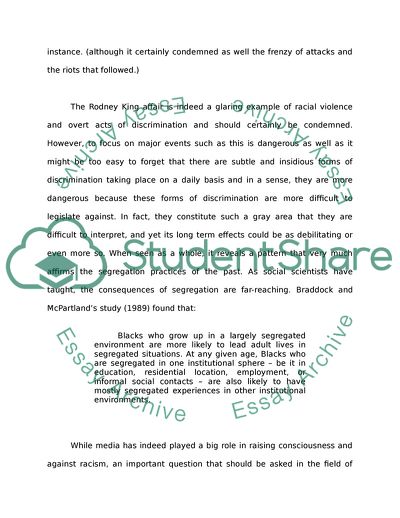Cite this document
(Media as Watchdog against Racism -A Case of the Pot Calling the Kettle Essay, n.d.)
Media as Watchdog against Racism -A Case of the Pot Calling the Kettle Essay. https://studentshare.org/sociology/1705836-international-journalism
Media as Watchdog against Racism -A Case of the Pot Calling the Kettle Essay. https://studentshare.org/sociology/1705836-international-journalism
(Media As Watchdog Against Racism -A Case of the Pot Calling the Kettle Essay)
Media As Watchdog Against Racism -A Case of the Pot Calling the Kettle Essay. https://studentshare.org/sociology/1705836-international-journalism.
Media As Watchdog Against Racism -A Case of the Pot Calling the Kettle Essay. https://studentshare.org/sociology/1705836-international-journalism.
“Media As Watchdog Against Racism -A Case of the Pot Calling the Kettle Essay”. https://studentshare.org/sociology/1705836-international-journalism.


